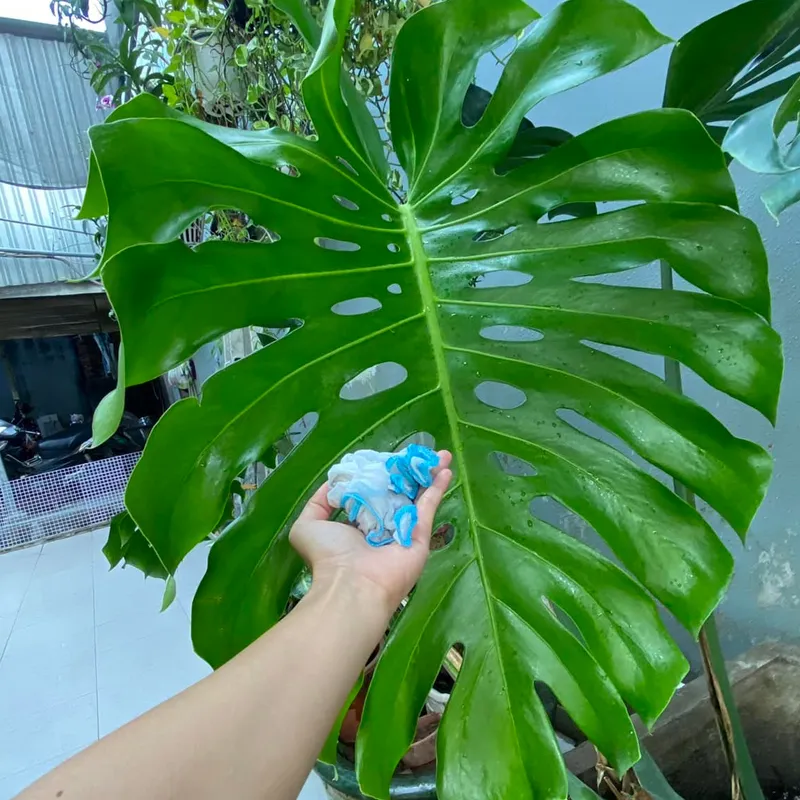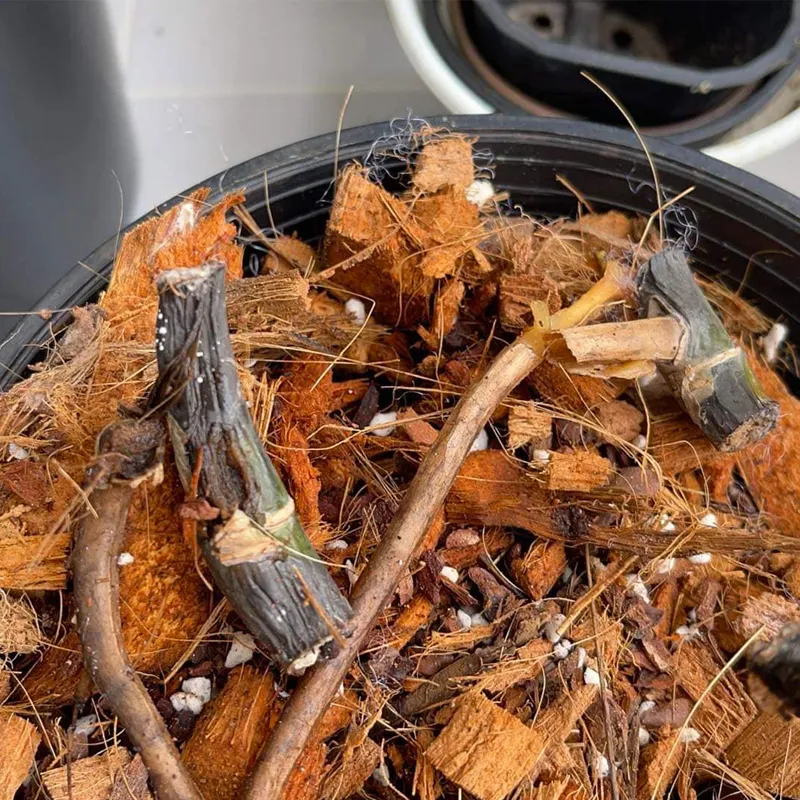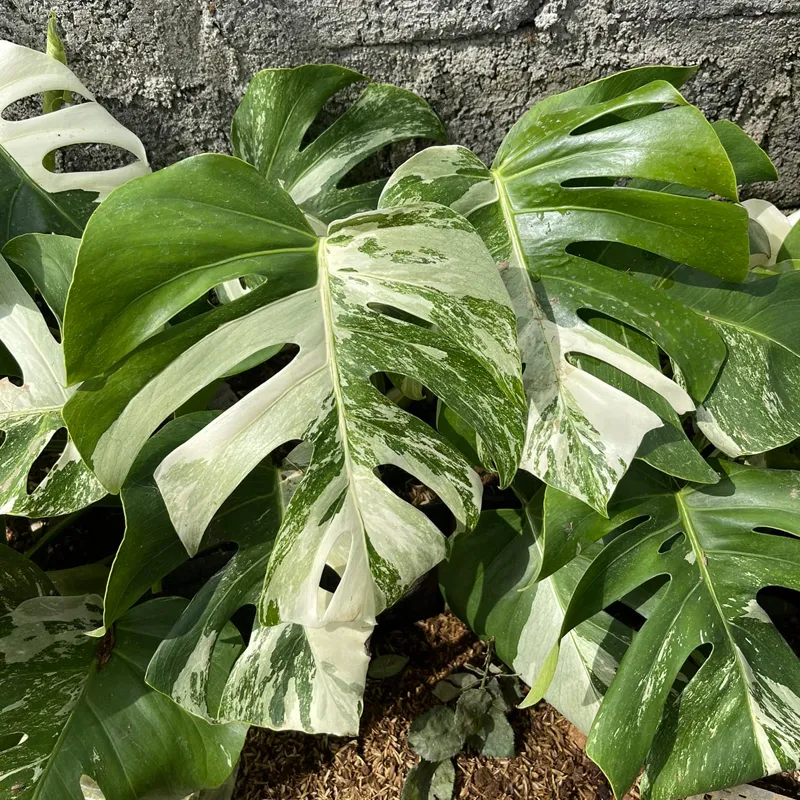Monstera Nodes: The Growth Powerhouses of Your Swiss Cheese Plant
Hey there, Ferb Vu here! Today, we’re diving into the world of monsteras, those stunning vining plants with their iconic split leaves. But have you ever noticed the little bumps on the stems where the leaves emerge? Those, my friends, are monstera nodes, and they’re the key to understanding how your plant grows and thrives.
67 Species in Genus Monstera
What Exactly is a Monstera Node?
A node is a small, brown bump on the stem of an aroid plant. It’s the point where leaves and aerial roots grow. Nodes contain meristematic tissue, which is responsible for the growth of new roots and shoots.
Think of a monstera node as a growth control center. It’s the point on the stem where a leaf petiole (the stalk connecting the leaf to the stem) attaches. These nodes are typically slightly raised and have a different color than the stem, often appearing light brown or greenish. But their significance goes beyond aesthetics.
Here’s the magic: monstera nodes are where the plant produces new growth. This includes:
- New Leaves: The magic happens within the node. It contains a tiny bud called an axillary bud, which has the potential to develop into a new leaf.
- Aerial Roots: Those fascinating aerial roots that monsteras are known for? They also sprout from nodes, often along the mature parts of the stem.
Why Are Monstera Nodes Important?
Monstera nodes are crucial for several reasons:
- Propagation: If you ever want to multiply your monstera, nodes are essential. When taking stem cuttings for propagation in water or soil, you need to ensure your cutting includes at least one node. Why? Because that node holds the potential to develop new roots and leaves, allowing your cutting to grow into a new plant.
- Healthy Growth: Healthy nodes are a sign of a happy monstera. They indicate the plant is actively growing and producing new foliage and aerial roots. Conversely, weak or discolored nodes might suggest problems like nutrient deficiencies or lack of light.
Common Monstera Node Questions
Now, let’s address some of the most common questions I get about monstera nodes:
- How Many Nodes Do I Need for Propagation?
One healthy node with an aerial root (bonus!) is ideal. However, even a single node without a visible root can still sprout new roots under the right conditions. - Can I Cut a Leaf with No Node for Propagation?
Unfortunately, no. A leaf on its own lacks a node and the necessary growth potential. It won’t develop into a new plant. - What’s the Difference Between a Monstera Node and an Aerial Root?
They’re connected, but not the same. The node is the point of origin, while the aerial root is what emerges from the node. Nodes can also produce new leaves, while aerial roots primarily help the plant climb and absorb moisture from the air.
Monstera Node Care Tips
- Light: Nodes benefit from bright, indirect light. This encourages them to produce new growth. Avoid harsh direct sunlight, which can scorch the nodes.
- Moisture: When propagating a cutting with a node, ensure the node itself stays moist (but not soggy) to promote root development.
- Aerial Root Care: Don’t bury healthy aerial roots in soil. They help the plant absorb moisture from the air. You can mist them occasionally or train them to climb a moss pole.
- Variegated Monsteras: Nodes from variegated monsteras (like Monstera Albo) are more challenging to propagate than those from solid green varieties. Patience is key!
Advanced Monstera Node Techniques
- Multiple Nodes per Cutting: When propagating, consider using a cutting with two or even three nodes. This increases the chances of successful root development and new leaf growth.
- Moss Propagation: Sphagnum moss can be a great medium for propagating monstera nodes. It provides excellent moisture retention and promotes healthy root development.
Understanding monstera nodes empowers you to care for your plant better. By identifying healthy nodes, you can propagate it for new monstera magic, and use them as an indicator of your plant’s overall health. Happy planting!
If i die, water my plants!



